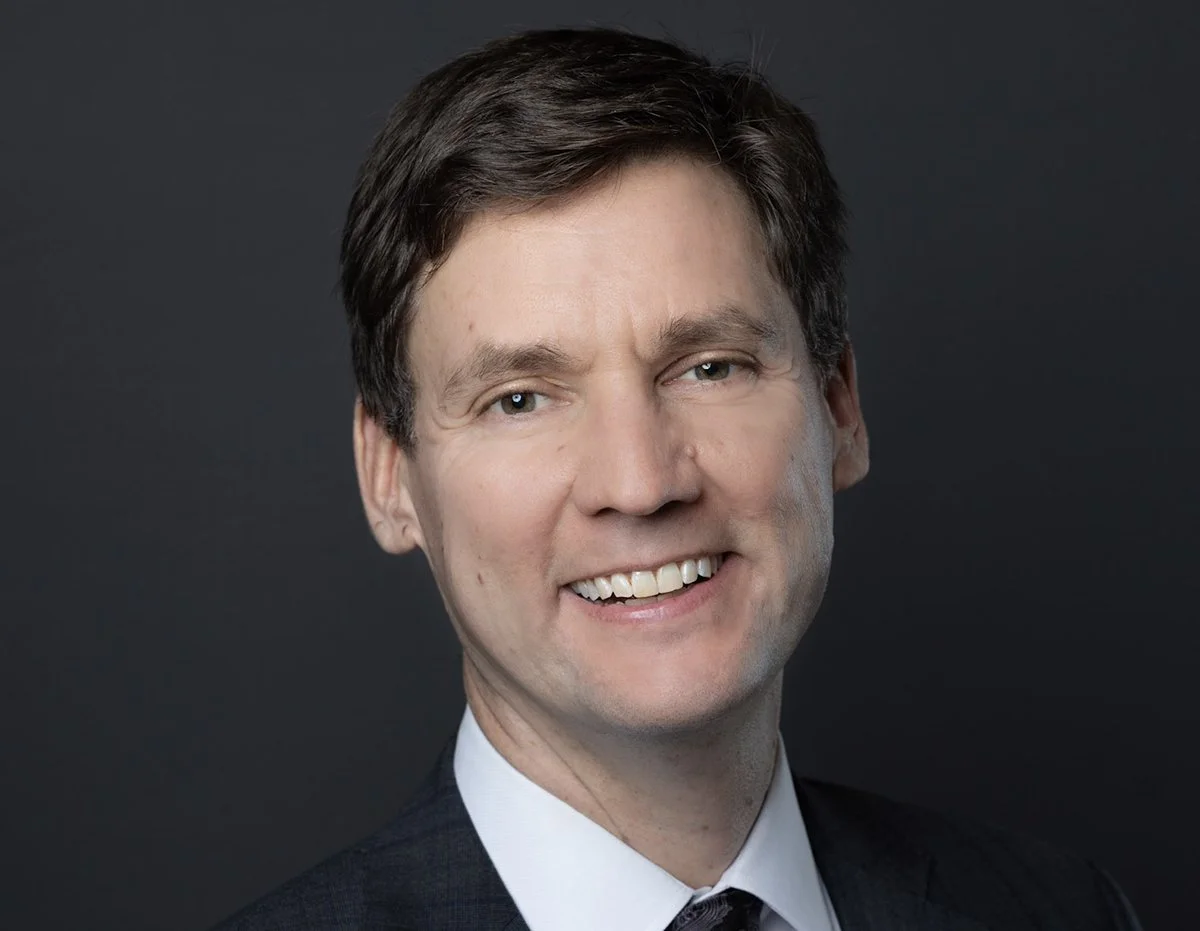Eby positioning B.C. as ‘future of Canadian prosperity’
British Columbia Premier David Eby. / GOVERNMENT OF BRITISH COLUMBIA PHOTO
B.C. Premier David Eby has unveiled the Look West economic plan, aimed at attracting $200 billion in new investment by 2035 and positioning the province as “the future of Canadian prosperity.”
“You miss 100 per cent of the shots you don't take, and we are going to take this shot,” Eby said, adding the strategy includes “ambitious but achievable goals.”
The plan focuses on major resource projects, expanding marine and aerospace industries and rapidly growing the tech and AI sectors to diversify trade beyond the U.S.
He told fellow premiers and Prime Minister Mark Carney that Ottawa must be “relentless and remorseless” in driving economic growth nationwide.
Jobs Minister Ravi Kahlon said shifting trade toward Asia will require expanded port and transportation infrastructure. Business groups welcomed the plan’s direction but urged clearer implementation details.
B.C. Conservative Leader John Rustad criticized the proposal as incomplete, questioning power capacity for new projects and calling for domestic shipbuilding. “I think we should be doing everything we can to build those ships here,” he said, adding that regulatory uncertainty is dampening investment.
The province says strengthened naval capacity in B.C. would support long-term industry and job growth.
The CentreBC party, led by former BC United MLA Karin Kirkpatrick, also criticized the strategy. In a press release, the party said the strategy was “short on credible solutions” and fails to address private sector stagnation and the affordability crisis in the provinces.
“This is not a serious document,” said Trevor Loke, CentreBC’s spokesperson. “Rather than Look West, it’s a ‘look-over-there’ distraction plan, placing the burden on our private sector to execute and invest with government committing very little to make it happen.”



